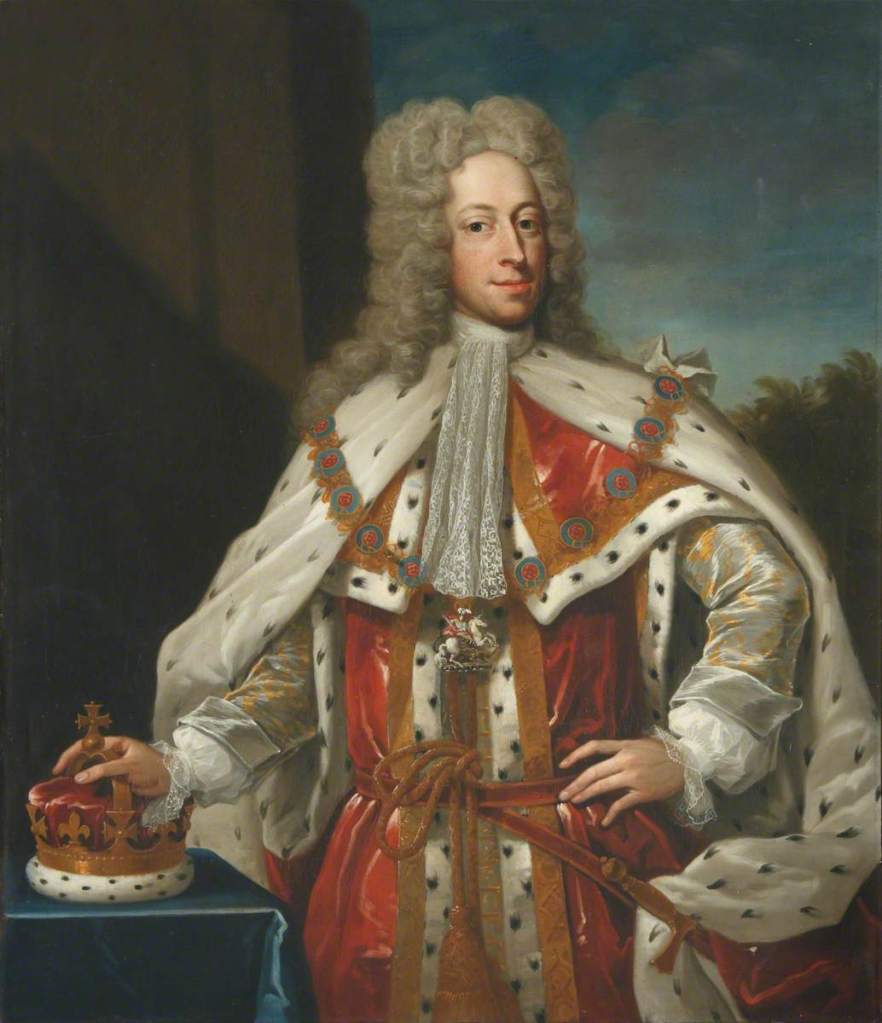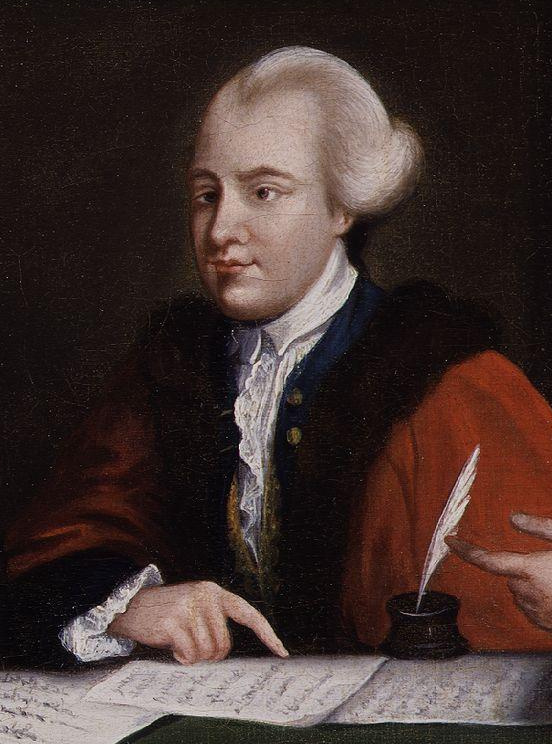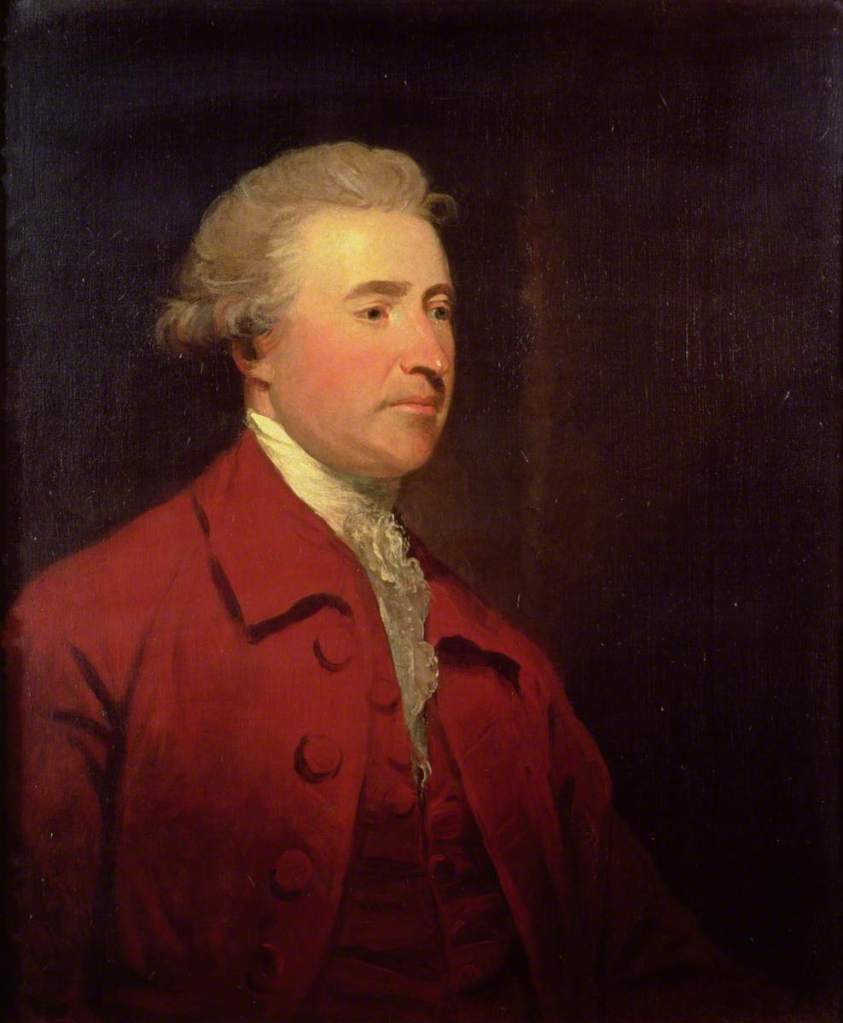As many modern political parties announce their manifestos this week Dr Robin Eagles from our House of Lords 1715-1790 project looks back at the decisions around flagship policies that could make or break parties and alliances in the 18th century, as part of our Georgian Elections Project.
Party manifestos as we know them today are largely a product of the post-1832 changes in the way parties and elections have been organized and many might point to the issuing of Sir Robert Peel’s 1834 Tamworth Manifesto as one of the most significant stages on the road to the development of modern party programmes. However, it would be wrong to assume that prior to that individual politicians or alliances of factions did not sometimes cohere around shared sets of values or policies.
At a very basic level, 18th-century politics was dominated by the competing allegiances of the Tories and Whigs and these overflowed into broad ideas of how the country should be governed and the workings of the constitution. Occasionally, though, other issues came to the fore.

Godfrey Kneller; National Trust, Hartwell House via ArtUk
Whereas today members of the royal family are very careful to remain above party politics, this was not the case in the 18th century and one of the most important coalitions in the middle of the period was headed by the then Prince of Wales, Prince Frederick. From his London base at Leicester House, Frederick had worked to help bring about the fall of Sir Robert Walpole and in 1747 he took another important step forward in attempting once more to unite the opposition factions behind a single programme. The so-called ‘Carlton House declaration’, named after one of his other London residences, was issued by the prince in June 1747 in advance of the snap election called that summer by the Prime Minister, Henry Pelham. As Linda Colley has pointed out, the declaration offered to his somewhat reluctant Tory allies a measure of reform, notably:
‘Place and Militia Bills, restrictions on the Civil List, and a £300 per annum landed qualification for J.P.s’ [Colley, In Defiance, 254]
At the heart of the prince’s offering was the hope that he would in time be able to rule over a country stripped of party antagonisms. However, although there were some examples of co-operation in the election between the prince’s Leicester House coterie and some Tories, it was not until the following year, too late to make enough of an impact in the election, that the Tories as a whole accepted Frederick’s olive branch. Over the next three years he continued to develop plans for how his first administration might be different from his father’s, before his unexpected death in the spring of 1751 stalled the whole programme.

Prince Frederick’s may have been the first significant effort to identify common points of interest that might unite otherwise rival groupings, but it would not be the last. In the 1760s and 1770s supporters of the radical John Wilkes also established broad principles they undertook to support in the event of being returned to Parliament. One of these was for reform of the franchise and in March 1776, even though he had by then concluded that the cause was unlikely to be successful, Wilkes himself gave a celebrated speech in the Commons arguing for reform. Wilkes pointed to the fact that the Commons as elected in 1776 was still broadly drawn from the same constituencies as had returned Members of the Cavalier Parliament in the 1660s. And yet these no longer adequately reflected the changes that had happened across the country. More controversially, he also advocated extending the vote to classes of people normally excluded from the system: ‘The meanest mechanic, the poorest peasant and day labourer’, all of whom, he insisted, ought to have ‘some share… in the power of making those laws’ which affected their daily lives.

Royal Albert Memorial Museum via ArtUK
Possibly the most significant development, though, came with the Rockingham Whigs and in particular their ‘philosopher’ in chief, Edmund Burke. More than ever before, here was a coherent party, marshalled carefully by its leadership and with a clear programme centred on Burke’s ideas of ‘Economical reform’. Most important, in 1782 the short-lived Rockingham administration had the opportunity of putting some of these ideas into practice. Thus, Crewe’s Act, Clerke’s Act and Burke’s Establishment Act all made moderate, but significant, changes to who could vote, who could sit in Parliament and how many people were able to enjoy positions in the government and royal household [Elofson, Rockingham Connection, 8]. Setting out the terms of the last of these in a speech on 14 June 1782, Burke had to explain the thinking behind the cuts proposed and why certain offices had been spared. One of these, was the Ordnance. The reason for this being left alone was, he suggested, because the duke of Richmond was now at the head of the board and he had already done much to reform it from within:
The noble Duke had come to his bed side like an adulterer, but it was a divine adulterer, to beget an Hercules and an Eurystheus, sufficiently powerful to be capable of destroying all the snakes and monsters, that infested the Ordnance Office… [Writings and Speeches of Edmund Burke, iv. 144]
Burke also had to deal with the tricky subject of his own position as Paymaster General. He admitted that he had wrestled with what was best to be done about it, but admitted, somewhat weakly:
He had no pretensions to extraordinary disinterestedness, or meant not to reap the fair emoluments of his situation. Not to do that, would be to violate the first law of God and Nature, by abandoning the interest of his family… [Writings and Speeches, iv. 145]
RDEE
Further reading:
Linda Colley, In Defiance of Oligarchy: the Tory Party 1714-60
W.M. Elofson, The Rockingham Connection and the Second Founding of the Whig Party
Max Skjönsberg, The Persistence of Party: Ideas of Harmonious Discord in Eighteenth-Century Britain
Click here to find more blogs from our Georgian Elections Project or head over to our TikTok channel for videos exploring the Whig and Tory parties in the 18th century.
